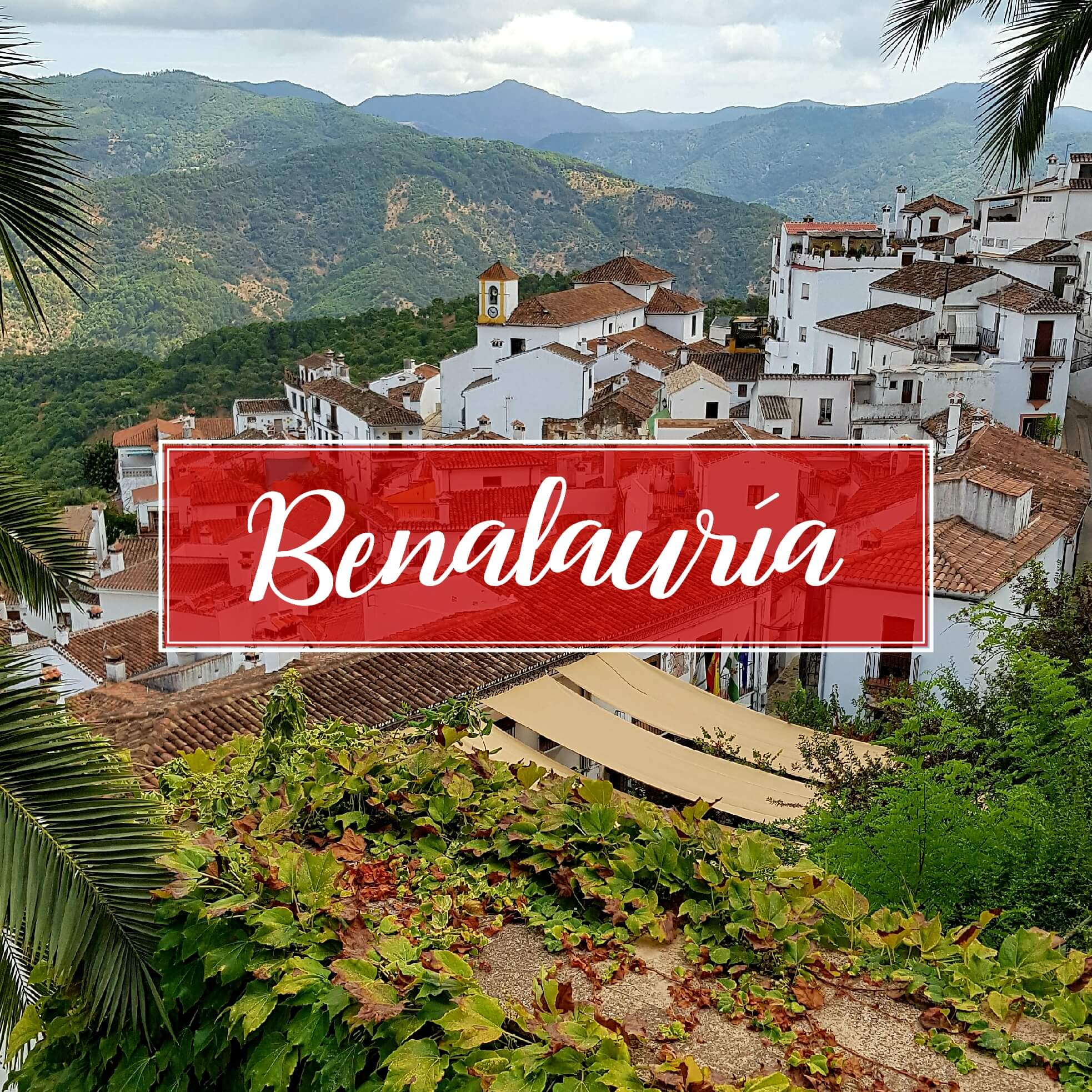Benalauría, a white village in the Axarquía. A walk through its narrow and white streets will take you to the charm of a Moorish past.
Where is Benalauría located
Benalauría is located 139km from Malaga capital with a population of 438 inhabitants. The municipal term has a dimension of almost 19,75km square.
Origin of the name Benalauría
After the Muslim invasion in 711, the Berber tribe <Banu-l-Hawria> established in this area, which would give rise to the name of the town of Benalauría.
Denonym of the people of Benalauría
The inhabitants are called “jabato or jabata”.
Monuments and places of interest in Benalauría
- Church of Santo Domingo de Guzmán: The primitive church was built after the reconquest of the Serranía de Ronda. The temple stands out for its austere elegance and white lime. The modern aspect of the temple is the work of the year 1794 with later reforms. Inside, divided into three naves, it houses four chapels, whose altarpieces were destroyed during the Spanish Civil War. The altarpiece of the main altar contains three niches, in the center we find an image of Santo Domingo de Guzmán, patron saint of Benalauría. The only image that survived the events of the war stands out, the patron saint of the town, the Virgen del Rosario.
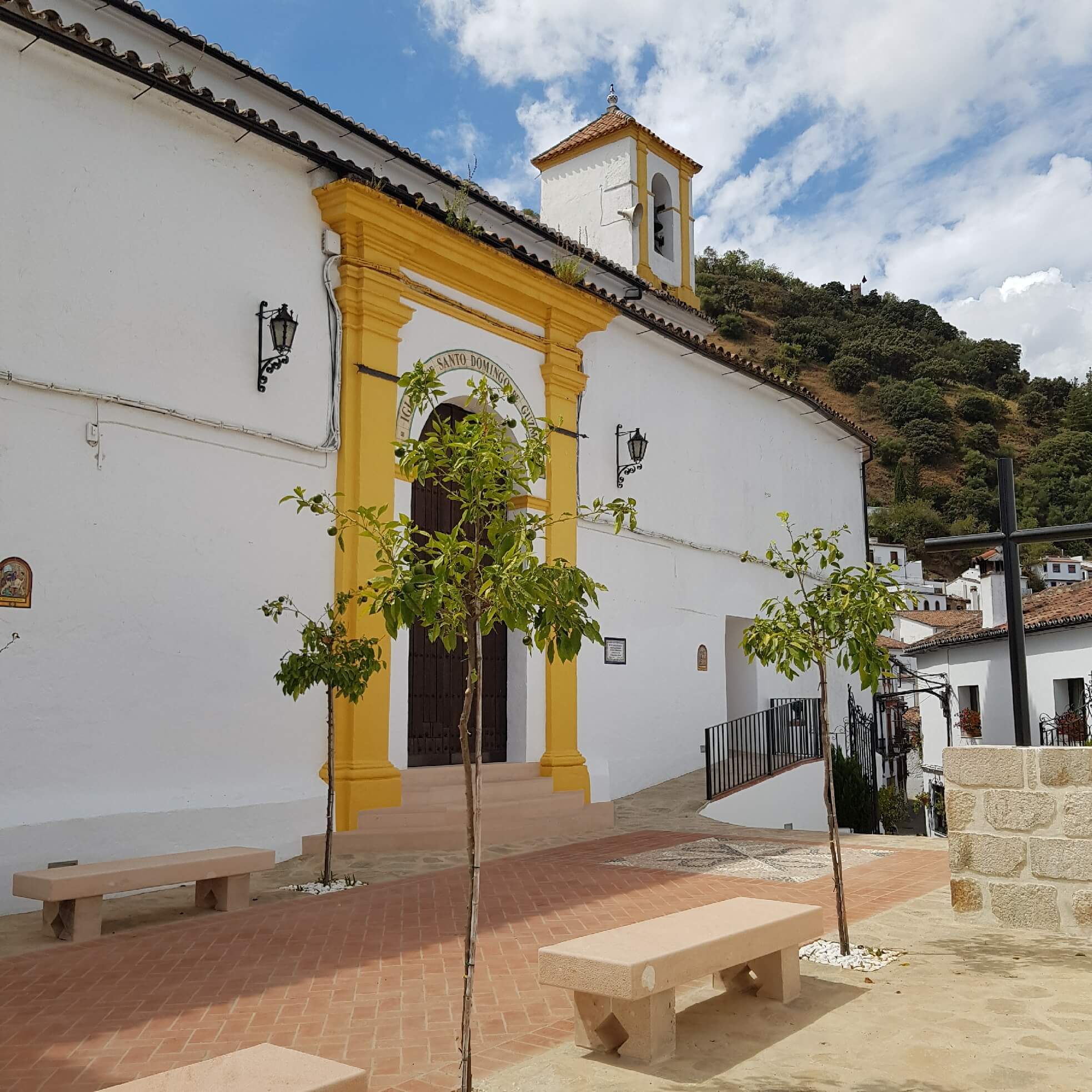
- Roman Columbarium of Cortijo del Moro: Discovered in the 80s, a Roman columbarium that is a structure with inside niches for urns with ashes of the deceased. The Roman mausoleum from the 1st century AD consisting of a rectangular floor plan with a single room measuring 2.70m by 3.68m with eight niches where the deceased were deposited. The mausoleum would surely be near a Roman villa.
- Consistorial House: Building built in the 18th century with a brick façade and rodeño-style bars (Ronda). The heraldic shield on the façade is from the times of Fernando VII. Nowadays it is the town hall of the village.
- Las Buitreras Canyon
- Etnografic Museum: Located near the main square. The building was built in the 18th century and was an old oil mill until the 1960s. It has now been converted into an ethnographic museum, the perfect place to understand and learn about the history of the region. Inside, the utensils for grinding the olive and all the machinery necessary to produce the oil are preserved intact. The museum is open on weekends and has a complete audiovisual in Spanish and English.
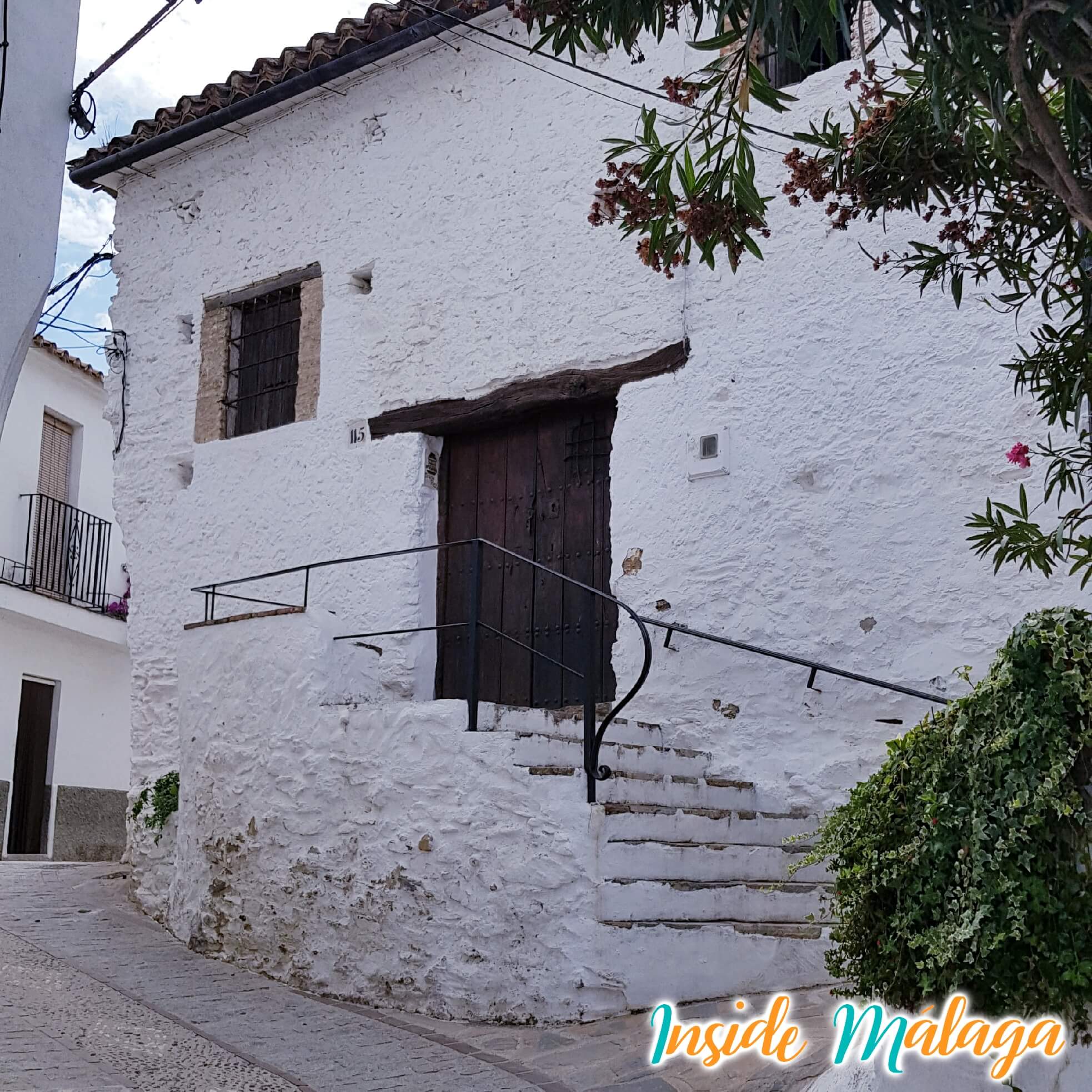
- Fuente Grande
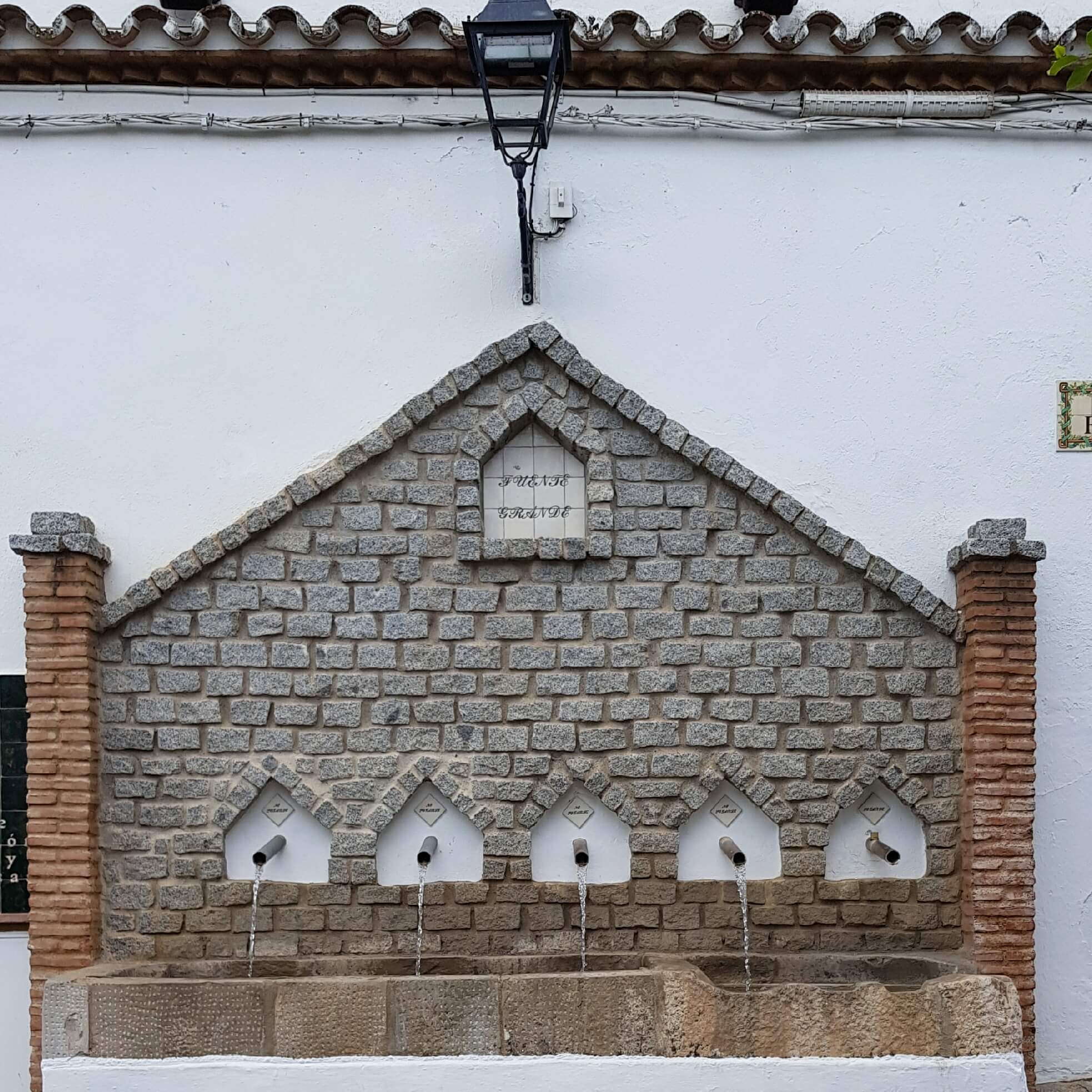
- Fuente
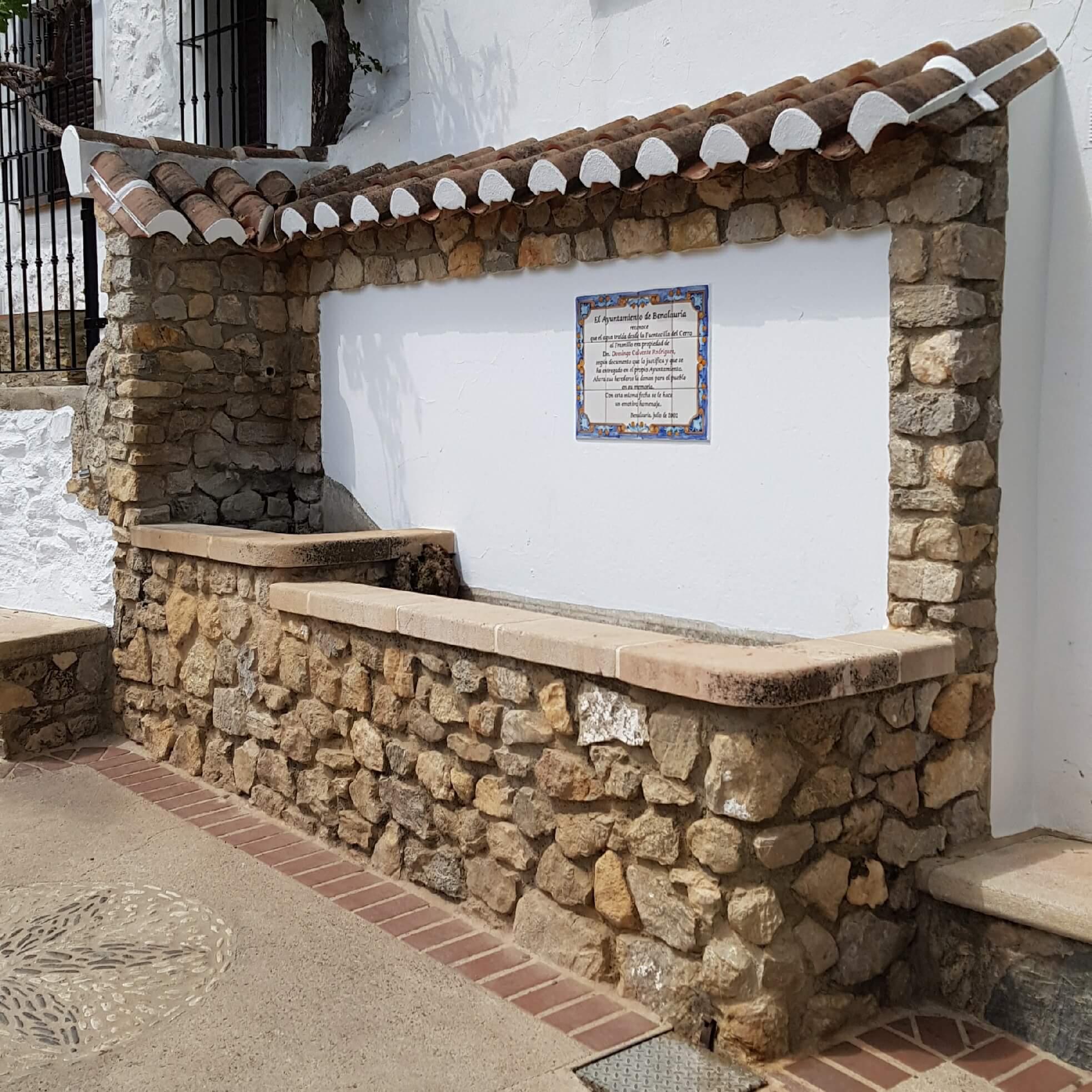
For more information about Benalauría Village: visit the City Council page
